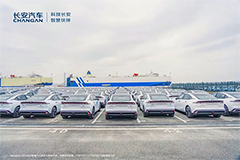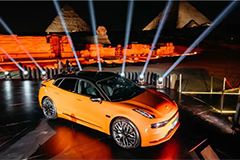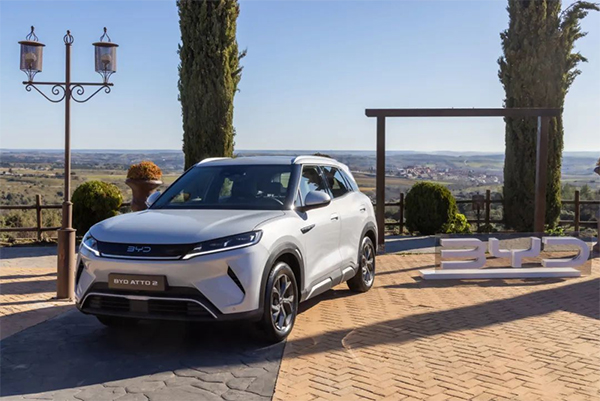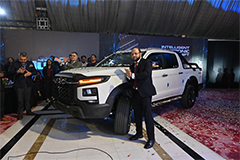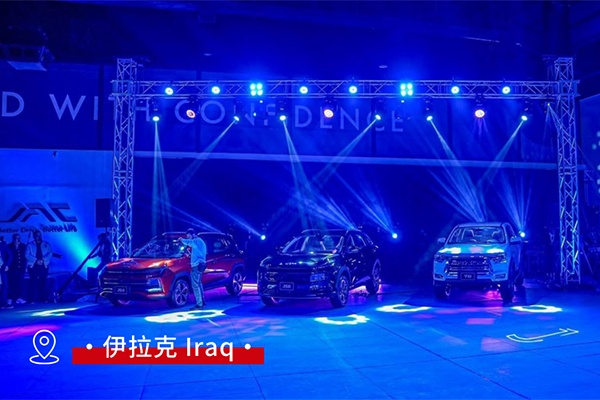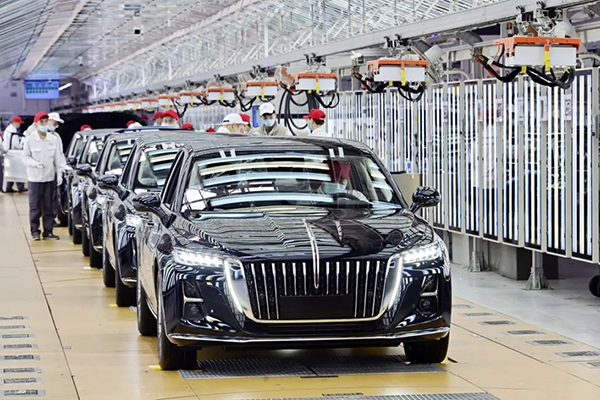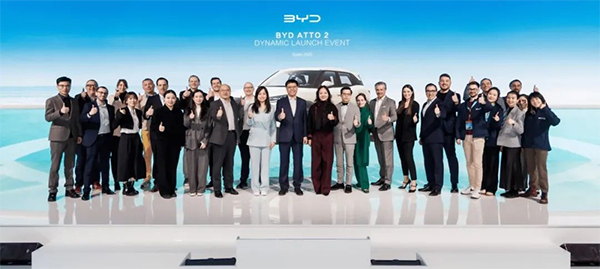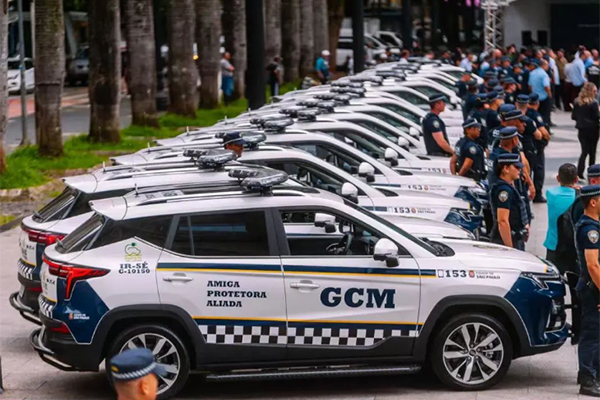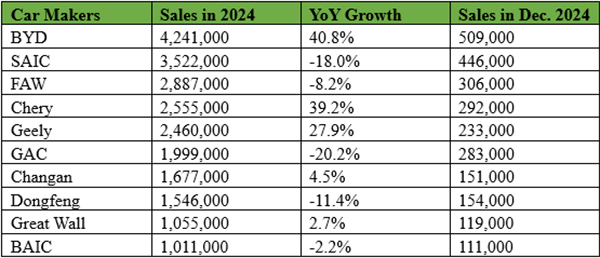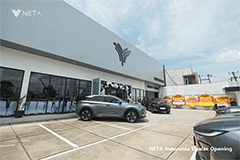Chinese electric vehicle (EV) maker Xpeng Motors has taken a step forward in its plan to launch an autonomous taxi business, after its latest model, the G9 sport-utility vehicle (SUV), recently passed a closed-field autonomous-driving test.
The Guangzhou-based carmaker, one of Tesla’s rivals in China, expects to debut its robotaxi business in Guangzhou next year and expand to other cities over the next two years, Wu Xinzhou, Xpeng’s vice-president of autonomous driving, said on Monday.
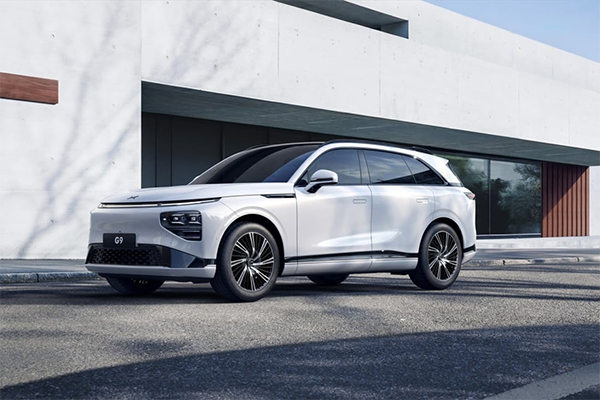
The G9 model will help the company scale its services quickly because the car comes with Xpeng’s XNGP autonomous driving technology straight from the factory, giving Xpeng an edge over competitors that must retrofit conventional vehicles, according to the company.
He Xiaopeng, co-founder and chief executive of Xpeng, said at the company’s Tech Day online briefing that the autonomous taxis will feature a voice assistant powered by AI, as well as a 3D user interface.
“Robotaxi is an initial step carmakers can take to commercialize autonomous vehicles,” said Yin Ran, an angel investor in Shanghai.
“Autonomous taxis will be seen in dozens of Chinese cities in the next one or two years as companies like Xpeng rev up expansion of the business.”
China, the world’s largest EV market, is witnessing rapid adoption of smart electric cars, and preliminary autonomous driving technology is increasingly well received among young drivers. However, only a handful of robotaxi licences have been granted to operators amid regulators’ concerns about safety.
Last November, Pony.ai and Baidu became the first mainland operators allowed to carry paying passengers in autonomous taxis within a designated area of 60 square kilometers (23 square miles) in Beijing. In April, Pony.ai received the green light to operate 100 driverless taxis in Guangzhou’s Nansha district.
Baidu, which launched the Apollo open-source autonomous driving platform in 2017, became the first mainland company to operate completely driverless cabs on open roads on August 12 this year.
Most robotaxis in China are electric cars, in line with Beijing’s goal of achieving carbon neutrality by 2060.
Xpeng launched the G9 on September 21, looking to take on US EV maker Tesla’s Model Y, the current top seller in the mainland market.
The vehicle, Xpeng’s fourth production model, has a driving range of 702 kilometres (436 miles) on a single charge. It is priced from 309,900 yuan (US$42,670) to 469,900 yuan and will be delivered to customers at the end of October.
In August 2016 US-based NuTonomy became the first company worldwide to make robotaxis available to the public, offering rides with a fleet of six modified Renault Zoes and Mitsubishi i-MiEVs in a limited area of Singapore.
A year later, Cruise Automation, a start-up acquired by General Motors, launched the beta version of a robotaxi service for its employees in San Francisco using a fleet of 46 Chevrolet Bolt EVs. The service later evolved to offering free rides to the public, and in June the company received a permit to charge passengers.
Shanghai, the mainland’s “Motown” is set to launch commercialised Robotaxi service in the Lingang free-trade zone soon, according to officials with the zone’s administration commission.



